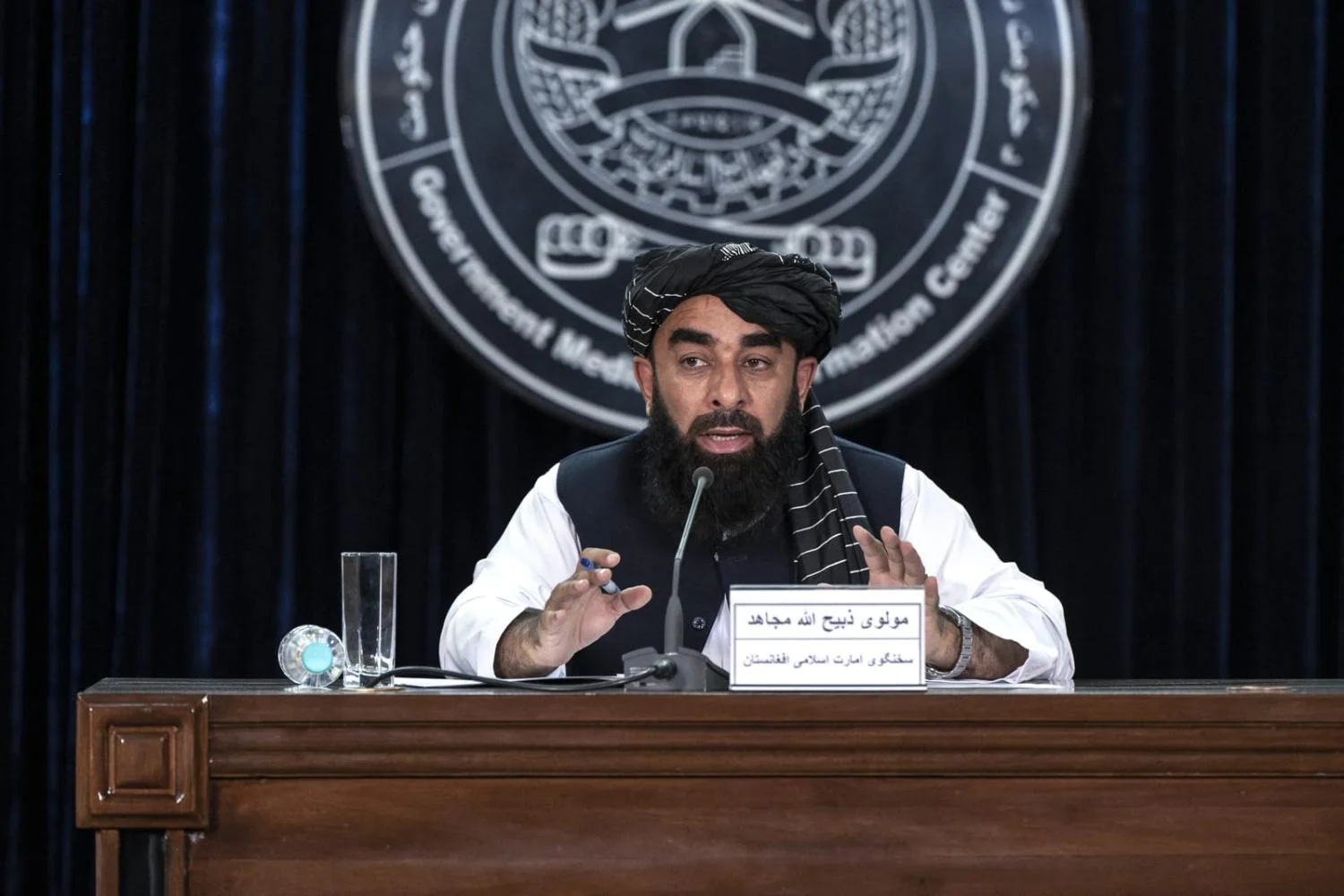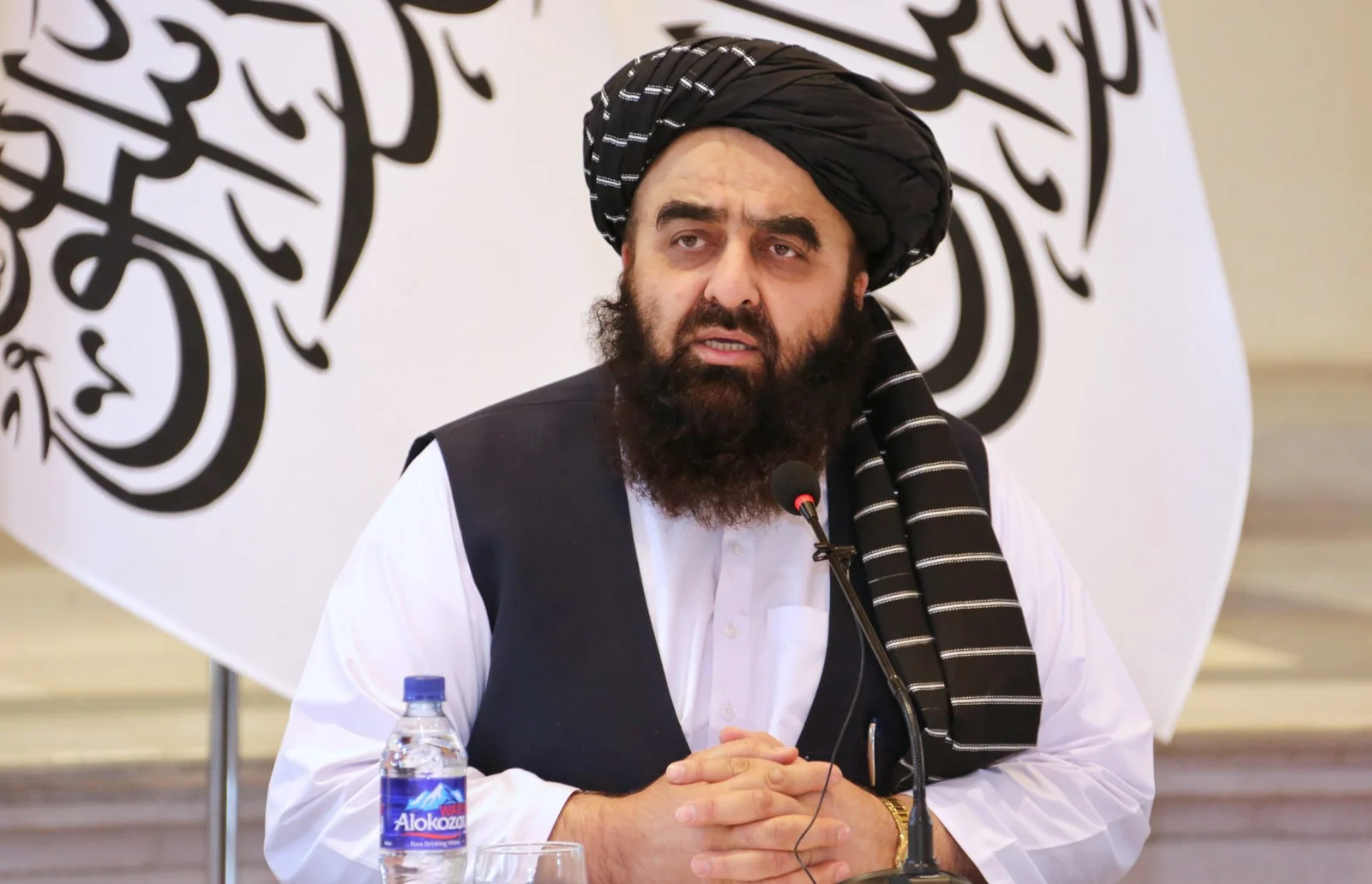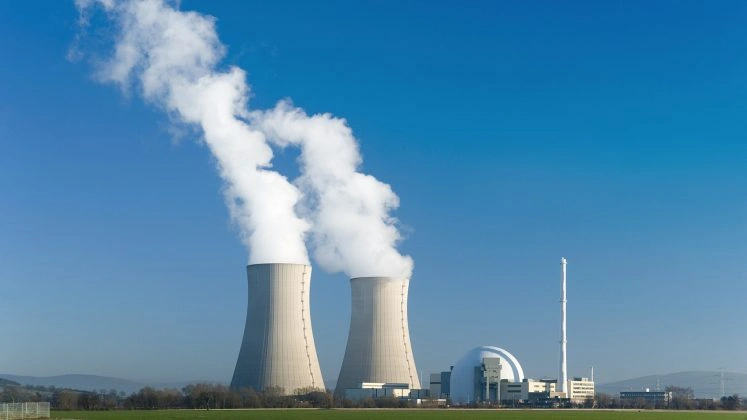The Asian Development Bank (ADB) today revised down its GDP growth forecast for Bangladesh to 3.9 percent for the current fiscal year 2024-25, citing persistent economic challenges, but expects the economy to recover in the next fiscal year.
The ADB had earlier projected a 4.3 percent growth for FY25, reflecting a subdued outlook amid political uncertainty, supply disruptions, and tight monetary policy.
In the April edition of its Asian Development Outlook, the Manila-based lender referred to Bangladesh’s first-quarter (July–September) GDP estimate, noting that the economy expanded at a slower pace during the period.
Political instability, natural hazards, factory disruptions due to worker protests, and high inflation weighed on demand and overall growth, it said.
However, growth is expected to pick up in the following quarters, driven by a rebound in manufacturing.
Also See: USTR Flags Digital Trade, Tariff Concerns in Bangladesh
Meanwhile, the Bangladesh Bureau of Statistics (BBS) yesterday released the GDP estimate for the second quarter (October–December), showing a 4.48 percent year-on-year growth in output, slightly higher than the 4.47 percent recorded in the same quarter last year.
The ADB also cited the Bangladesh Purchasing Managers’ Index, where a reading above 50 indicates expansion, and said slower growth in services, due to political unrest, financial sector vulnerabilities, and reduced household purchasing power, will further dampen GDP growth in the current fiscal year.
“Agricultural growth is also expected to moderate following repeated floods,” it said.
Although disruptions at factories affected industrial growth in the first quarter, the sector is projected to recover as moderately rising export demand boosts large-scale manufacturing output.
“On the demand side, consumption and investment will grow moderately, supported by strong remittance inflows but partly offset by contractionary monetary and fiscal policies and investor caution,” the ADB added.
Import growth is also expected to slow over the rest of FY25, due to contractionary policies and delayed payments for energy and fertiliser imports.
“However, with export growth also moderating, the contribution of net exports to growth will be negligible,” it said.
Looking ahead, the ADB expects GDP growth to recover to 5.1 percent in FY26, supported by stronger domestic demand.
“Easing inflation and rising remittances are likely to raise private consumption and investment,” it said.
The multilateral agency projected that economies in developing Asia and the Pacific will grow by 4.9 percent in 2025, slightly down from 5 percent in 2024.
“Solid domestic demand and strong global appetite for semiconductors, driven by the artificial intelligence boom, are supporting growth, but tariffs and trade uncertainty will act as a headwind,” it said.
The ADB noted that its growth forecasts were finalised before the April 2 announcement of new tariffs by the US administration. As a result, the baseline projections reflect only the tariffs that were already in place.
However, the April 2025 edition of the ADO includes an analysis of how higher tariffs may impact growth across Asia and the Pacific.
While regional economies remain resilient, the report warned that faster or larger-than-expected changes in US trade and economic policies pose risks to the outlook.
Alongside higher tariffs, increased policy uncertainty and retaliatory measures could dampen trade, investment, and growth.
“Economies in developing Asia and the Pacific are supported by strong fundamentals, which are underpinning their resilience in this challenging global environment,” said ADB Chief Economist Albert Park.
“Rising tariffs, uncertainties about US policy, and the possibility of escalating geopolitical tensions are significant challenges to the outlook. Asian economies should retain their commitment to open trade and investment, which have supported the region’s growth and resilience.”
This news is sourced from The Daily Star and is intended for informational purposes only.

![ADB revises Bangladesh's GDP growth forecast to 3.9% for FY25, citing economic challenges and political instability. [Image via The Daily Star]](https://southasiatimes.org/wp-content/uploads/2025/04/adb.webp)




